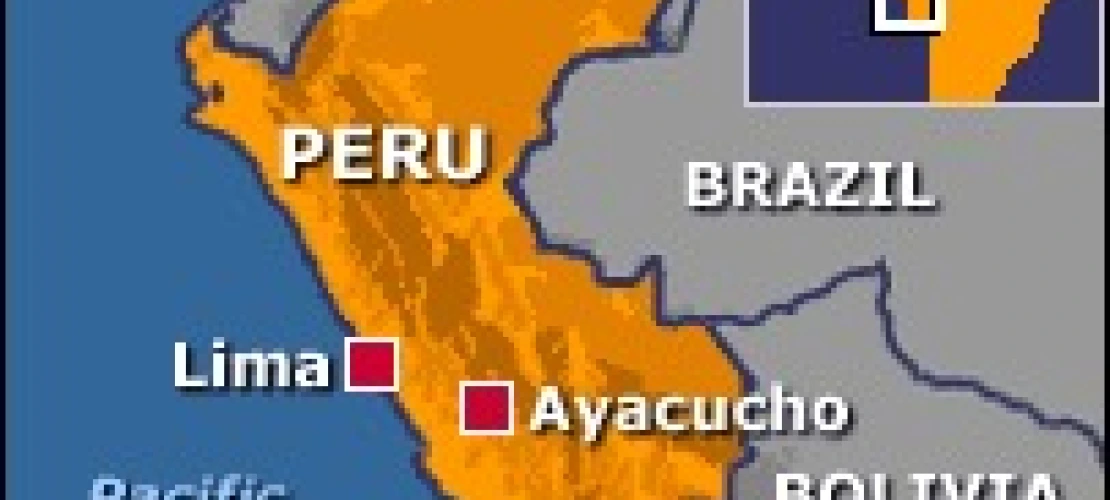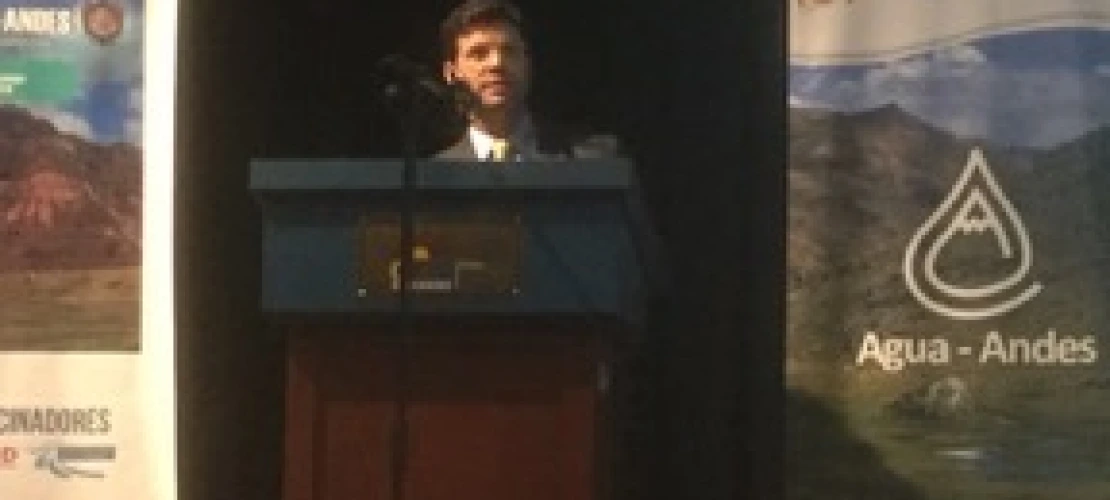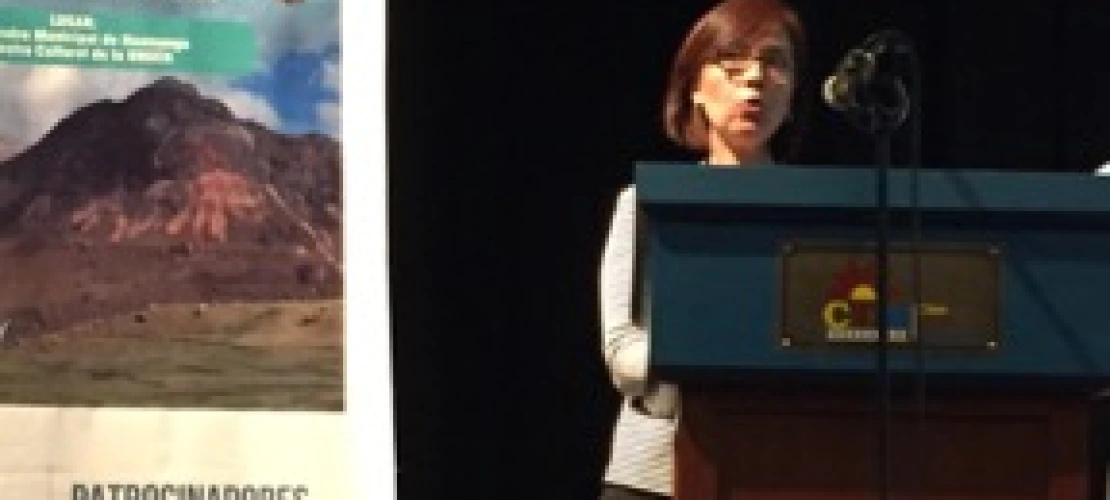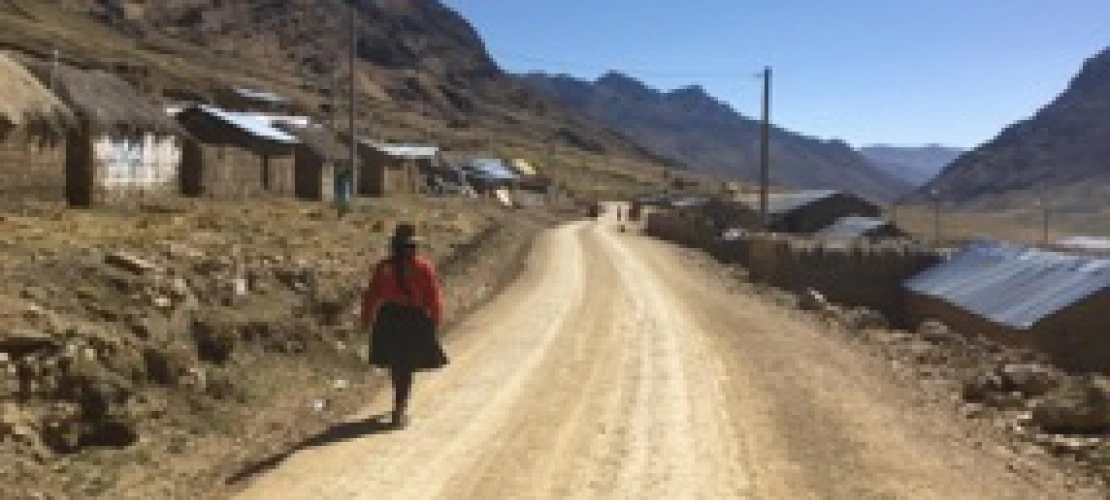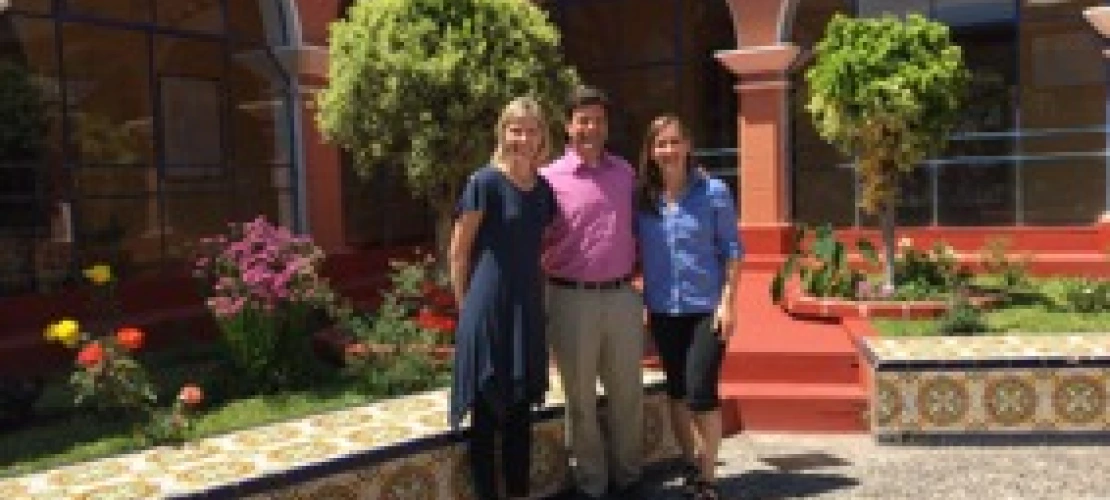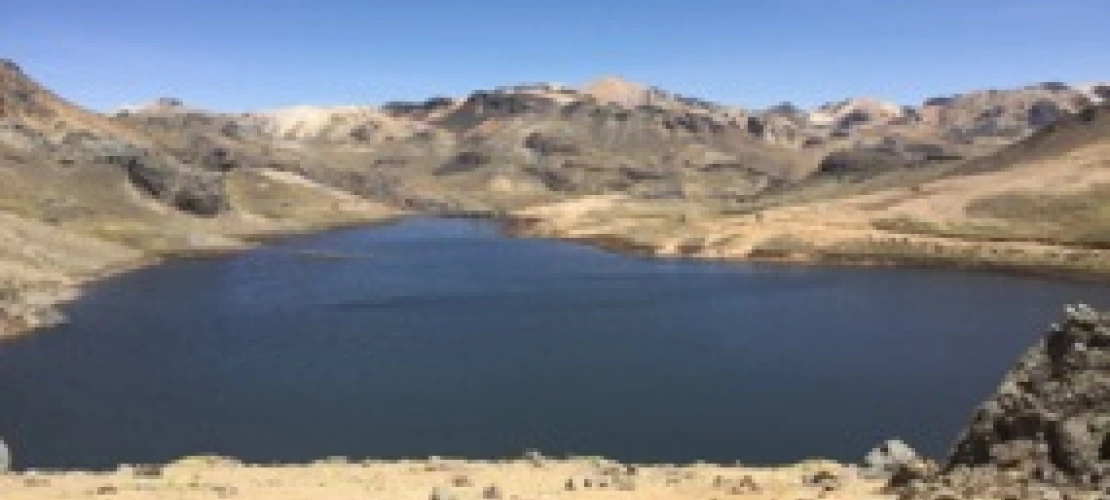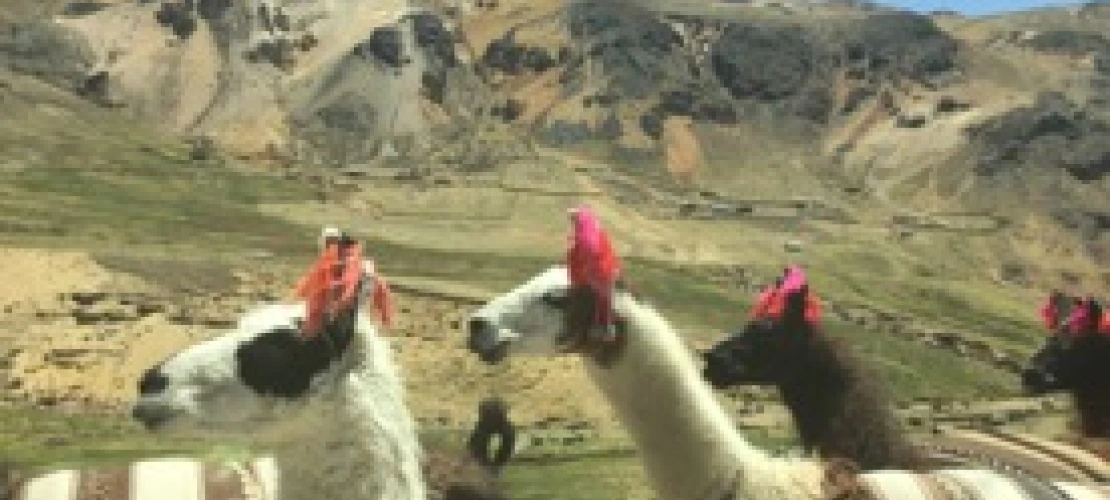By Andrea K. Gerlak and Adriana Zuniga-Teran
10/04/17 09:29:am
Green infrastructure (GI) is being recognized around the world as an effective strategy to reduce flooding and enhance resilience and water security in cities. Peru is interested in using this type of technology to adapt to climate change and provide greater water security for its citizens.
The Centro de Competencias de Agua (Competence Center of Water, CCA)—a partner in the International Water Security Network (IWSN)—in collaboration with the Centro de Investigación Agua Andes (Agua Andes Research Center) organized the Agua Andes Congress in Ayacucho, Peru. During the 1980s and 90s, Ayacucho—and the city’s University of San Cristóbal of Huamanga in particular—was the epicenter of the Shining Path insurgency in Peru. The city and the university have since been pacified and the university hosted the Agua Andes Congress place from September 20-22, 2017.
For three days, researchers, practitioners, members of non-governmental organizations (NGOs), graduate students, and community members shared their experiences around water issues and green infrastructure. We were honored to visit Ayacucho, Peru, and to participate in the Congress, where we shared our experiences from Tucson, Arizona.
The topic of green infrastructure was featured in a special session on the first day of the Congress. Our team from the University of Arizona shared experiences and findings from an ongoing Agnese Nelms Haury Program in Environment and Social Justice-funded participatory community engagement project. The project, “Tucson verde para todos,” addresses equity and GI in Tucson and complements a larger, NSF-funded interdisciplinary initiative to study green infrastructure in Arizona. Dr. Andrea K. Gerlak talked about her research around equity and community engagement in southern Tucson.
The effort is a collaborative, participatory community engagement project that seeks to facilitate the design and adoption of green infrastructure demonstration projects in underserved, marginalized communities in Tucson. Project partners include Tierra Y Libertad Organization, Watershed Management Group, and the Sonoran Institute. Gerlak shared some early lessons learned from the project, including the role of schools as bridges between researchers and the community and the role of neighborhood associations in organizing and connecting to the community. She also highlighted how important it is to listen to community needs, and look for the areas of overlap where interests coincide. This means that for meaningful stakeholder engagement, project leaders should not come with an agenda.
Dr. Adam Douglas Henry, in the School of Government and Public Policy, talked about “Contributions of Social Science and Network Analysis to Understand Urban Water Sustainability.” He outlined a number of potential social-science questions around networks and urban water sustainability, including the shape and design of network structures that are most likely to promote learning, and the role of external factors in the network structure, such as collaborative institutions. Drawing from his work as co-PI in an NSF-funded Coupled Natural Human Systems project on green infrastructure in Arizona, Dr. Henry outlined the project team’s approach to study networks of cooperation and information-sharing in Arizona to understand the influence of network structure on policy adoption and learning around green infrastructure in cities.
In addition, Dr. Adriana Zuniga-Teran, in collaboration with Dr. Chad Staddon from the University of the West of England (the principal investigator of the IWSN project), gave a talk on the general aspects of GI with case studies around the world. Titled “Contribution of green infrastructure to urban resilience,” their talk outlined the results of a desk study on urban resilience funded by the Arup Group with funding from the Lloyd’s Register Foundation, including five challenges for GI, including the challenges associated with standards, regulations, socioeconomics, financeability, and innovation. Finally, colleagues from Monash University of South Africa also shared their experiences on green infrastructure in that side of the world, including the importance of scale in GI design and implementation.
As a side event of the Congress, our team—including Andrea K. Gerlak, Adriana Zuniga-Teran, Adam D. Henry, and PhD student Emily Bell—participated in a dialogue with stakeholders from the Ayacucho area about community engagement and its impacts on water governance and water security. We discussed how to engage with communities, the role of NGOs in this process, and how the municipalities can support this type of work. Our Peruvian colleagues talked about the work being done by communities living in the high elevations, where water is generated, to harvest rainwater for the humedales (wetlands), where their livestock (llamas and alpacas) can feed. With the help of the international community through the NGO Centro de Desarrollo Agropecuario (CEDAP), people living on the high elevations are hired to maintain the reservoirs. In addition, residents of Ayacucho and other municipalities downstream, pay a fee in their water bill that pays for their valuable work. This way, the ecosystems upstream that provide clean water for the cities located downstream are protected and maintained by local people, who in turn, benefit by diversifying their economy beyond livestock production, and enhance the ecosystems that their animals need for forage.
We learned more about this collaborative effort during a field trip that took place on the second day of the Congress. A group of scientists led by staff from CEDAP, and Peruvian graduate student Ana Luisa Calvo, visited the Cachi basin in the mountains of Ayacuho. We could see first-hand how the local communities protect and maintain the reservoirs and the humedales, where their alpacas graze peacefully.
Efforts are underway to further our team’s collaboration with Dr. Bram Willems, the director of the Centro de Competencias de Agua and a key research partner in the IWSN network. We are working together on a PEER Project: AGUA-ANDES: Ecological infrastructure strategies for enhancing water sustainability in the semiarid Andes. University of Arizona partners will continue to offer social-science expertise with the Peruvian PEER team, especially around case-study design, network analysis of decision-makers in GI, and equity issues in GI.
Future work will entail comparative analysis of GI in Peru and Arizona. By sharing experiences and research findings, communities across the world can increase resilience and water security.


